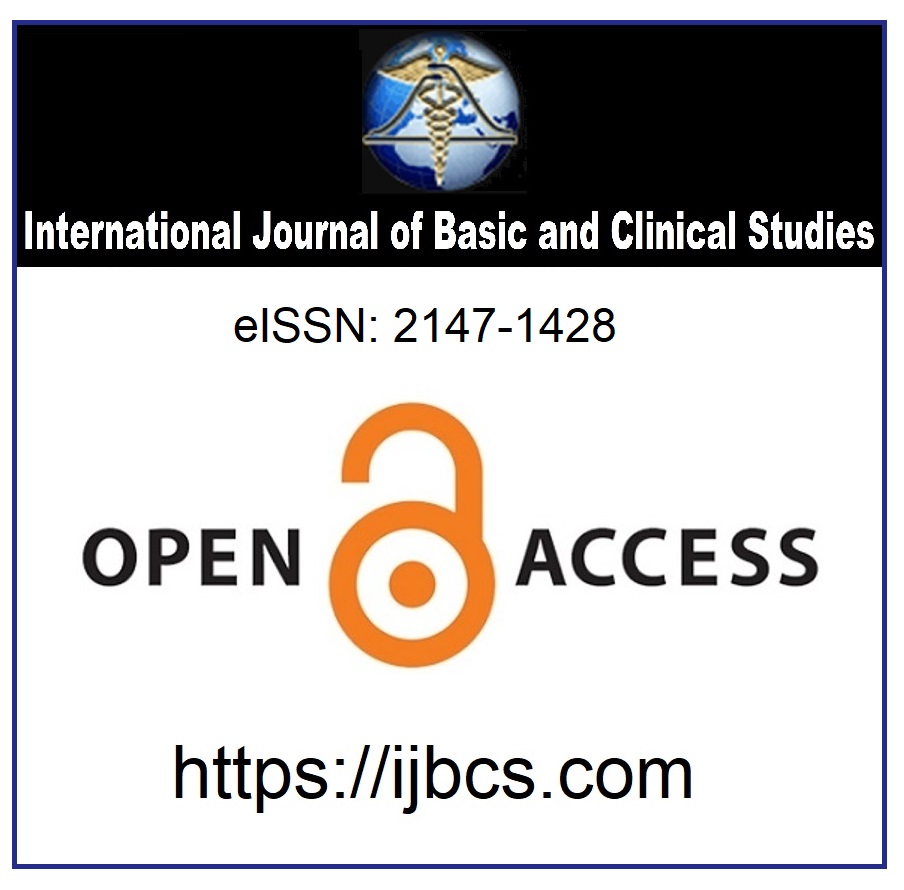Cross-Sectional Study to Determine Risk Factors for Development of Non-Alcoholic Fatty Liver Disease in Type 2 Diabetic Patients
Keywords:
Type 2 diabetes mellitus, NAFLD, BMI, NutrientsAbstract
We designed the cross-sectional study to evaluate risk factors for development of nonalcoholic fatty liver disease in type 2 diabetic patients. In this prospective study, three hundred fifty-eight newly diagnosed type 2 diabetic male patients were evaluated. The patients were divided into two groups including non-alcoholic fatty liver (NAFLD) and nonfatty liver diseases (non-NAFLD) were evaluated for anthropometric and clinical features, laboratory findings, and nutritional characteristics. The study included 358 patients with type 2 diabetes mellitus. Two hundred sixteen (60.3%) patients had fatty liver disease whereas 142
(39.7%) patients had no fatty liver on ultrasonographic examination. The Alanin aminotransteraz GGT and LDL-C levels were found to be higher and HDL-C level was lower in NAFLD group, and the difference between (ALT) results were found to be statistically
significant(p<0.05).The variables of body composition; waist circumference and waist-to-hip ratio in both group were found statistically different (p<0.05). The results of the current study showed that a higher intake of saturated, polyunsaturated fat and red meat protein were significantly associated with an increased risk for NAFLD, while a higher intake of white meat protein," milk, yogurt, cheese and egg " protein, vegetable protein and fiber tended to reduce the risk for NAFLD. The higher intake of saturated fat and lower intake of white meat, "milk, yogurt, cheese and egg "protein, vegetable protein and fiber are associated with an
increased risk of NAFLD.
Downloads
Published
How to Cite
Issue
Section
License
Copyright (c) 2012 by the Authors

This work is licensed under a Creative Commons Attribution 4.0 International License.



